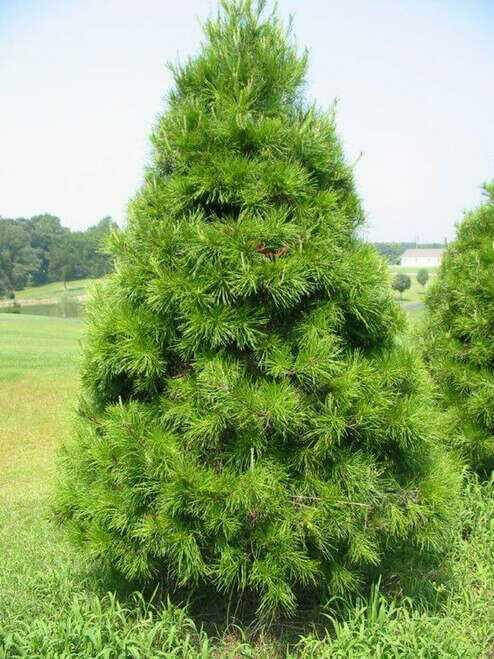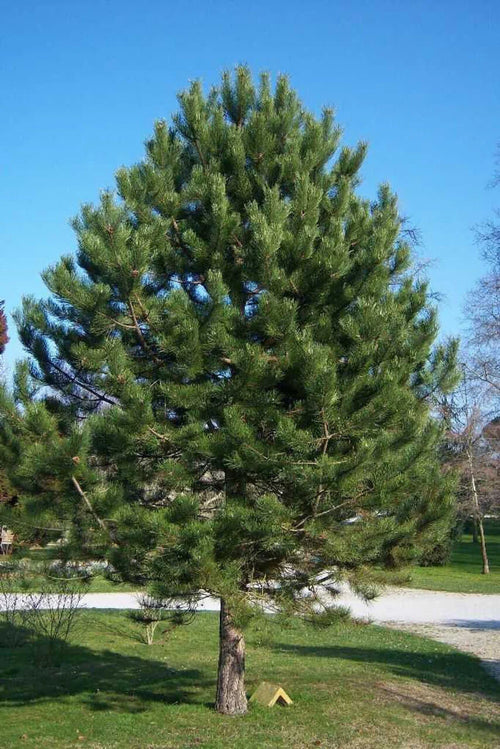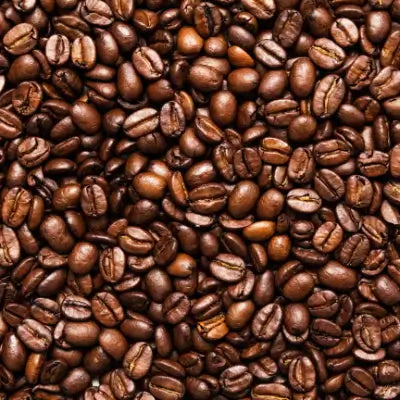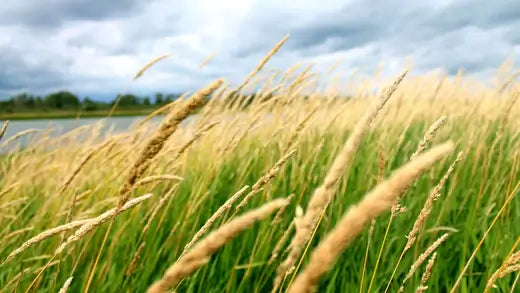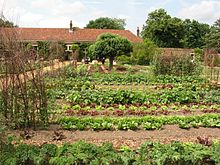Pine Straw: How to Use It in the Garden
A well-maintained garden is a source of pride for any homeowner or gardening enthusiast. While various techniques and materials are available to help you achieve a vibrant and thriving garden, one often overlooked but highly effective option is using pine straw as mulch. Pine straw, also known as pine needles or pine straw mulch, is the fallen layer of needles from pine trees and can provide numerous benefits when used in the garden. In this article, we'll explore the advantages of using pine straw in your garden and provide detailed guidance on effectively implementing it to enhance your outdoor space.
A lush and vibrant garden is a source of joy for any homeowner or gardening enthusiast. While countless techniques and materials are available to help you achieve a thriving garden, one often underrated option is using pine straw as mulch. Pine straw, or pine needles, offers many benefits when incorporated into your garden. In this article, we will delve into the advantages of using pine straw and provide a detailed guide on effectively using it to transform your outdoor space.
Benefits of Using Pine Straw in the Garden
- Weed Suppression: One of the primary advantages of using pine straw in your garden is its ability to suppress weed growth. The dense layer of needles creates a natural barrier that prevents sunlight from reaching the soil surface. This, in turn, inhibits the germination of weed seeds, significantly reducing the need for constant weeding and minimizing the competition between weeds and your desired plants.
- Moisture Retention: Pine straw is an excellent moisture retention layer for your garden. The needles create a loosely woven mat that helps reduce water evaporation from the soil, ensuring that your plants receive a steady moisture supply even during dry periods. This feature is precious in regions prone to drought or gardens with water-sensitive plants.
- Soil Insulation and Temperature Regulation: The insulating properties of pine straws are beneficial for maintaining optimal soil temperatures. The layer of pine straw acts as a buffer, keeping the soil cooler during hot summer days and providing a degree of protection against frost during the colder months. This regulation of soil temperature fosters healthier root systems and supports overall plant growth.
- Soil Erosion Prevention: Pine straw's loosely interlocked structure helps mitigate soil erosion. Pine straw plays a crucial role in preventing the loss of valuable topsoil by reducing the impact of heavy rainfall and wind on the soil surface. This is particularly important for gardens on slopes or areas prone to erosion.
- Nutrient Enrichment: As pine straw gradually breaks down and decomposes over time, it releases valuable nutrients into the soil. This organic matter enrichment enhances the soil's fertility and structure, promoting better root growth and nutrient uptake by your plants.
Using Pine Straw in Your Garden: Step-by-Step Guide
- Prepare the Garden Bed: Prepare the garden bed using pine straw. Clear the area of any existing weeds, debris, and rocks. If desired, add a layer of compost or organic fertilizer to ensure your plants receive a nutrient boost.
- Choose the Right Pine Straw: When selecting pine straw, look for needles that are relatively uniform in size and color. Fresh and clean hands are preferable, as they offer a neat and uniform appearance when spread across the garden bed.
- Apply the Pine Straw: Spread a layer of pine straw approximately 2 to 3 inches deep across the garden bed. Ensure the pine straw is evenly distributed, avoiding clumps or excessive accumulation around plant stems. Leave a small gap around the base of plants to allow for proper airflow.
- Maintain and Renew: Pine straw mulch typically lasts for around 6 to 12 months, depending on various factors such as weather conditions and decomposition rates. As the pine straw breaks down, it may compact and lose effectiveness. Regularly inspect your garden and replenish the mulch layer to maintain the desired depth.
- Consider Aesthetics: Pine straw offers a natural and rustic aesthetic that can enhance your garden's visual appeal. It complements a variety of garden styles, from formal to informal designs. If aesthetics are important to you, ensure that the pine straw layer covers the entire garden bed uniformly.
- Monitor and Adjust: Periodically assess the performance of the pine straw in your garden. Watch for signs of weed growth, soil erosion, and moisture retention. Make adjustments as necessary to address any issues and ensure optimal results.
Conclusion
Incorporating pine straw into your garden can yield many benefits that contribute to your outdoor space's overall health and beauty. From weed suppression and moisture retention to temperature regulation and soil erosion prevention, pine straw offers a natural and effective way to elevate your gardening efforts.
Following the step-by-step guide outlined above, you can successfully integrate pine straw into your garden and reap the rewards of a flourishing and visually captivating environment. Regardless of your level of gardening expertise, harness the potential of pine straw to cultivate a garden that thrives with vitality and charm.

